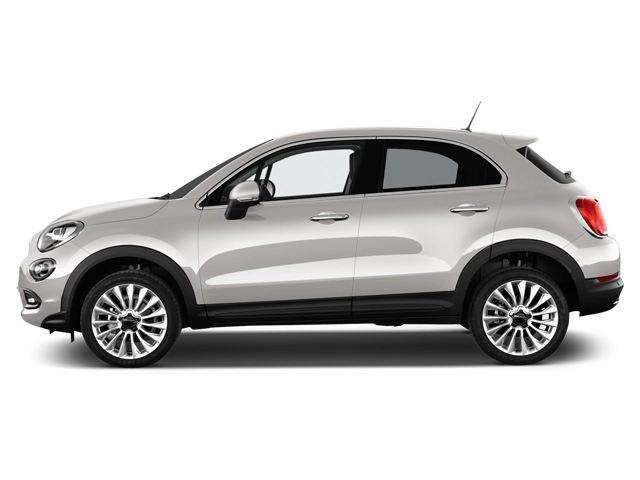2020 Fiat 500x Owner's Manual

Table of Contents
2020 Fiat 500x Overview
Introduction
The 2020 Fiat 500X is a charming subcompact crossover that combines Italian flair with practical versatility. With its compact dimensions and spirited handling, the 500X easily navigates urban environments while offering the functionality needed for weekend adventures. The 2020 model boasts updated technology and design enhancements that make it a standout choice in its class, catering to both style enthusiasts and practical drivers alike.
Powertrains
Under the hood, the 2020 Fiat 500X features a lively 1.3-liter turbocharged inline-4 engine, delivering an impressive 177 horsepower and 210 lb-ft of torque. This efficient powertrain is paired with a 9-speed automatic transmission, providing a smooth and responsive driving experience. Available in both front-wheel and all-wheel-drive configurations, the 500X ensures that drivers can tackle various road conditions with confidence and composure.
Trims
The 2020 Fiat 500X comes in four distinct trims: Pop, Easy, Trekking, and Lounge. The base Pop trim offers a variety of standard features, such as a 7-inch touchscreen, Apple CarPlay, and Android Auto compatibility. Stepping up to the Easy trim adds amenities like a rearview camera and upgraded audio system. The Trekking trim enhances the rugged aesthetics with unique styling cues, while the Lounge trim maximizes luxury with leather upholstery, heated front seats, and advanced driver-assistance technologies.
Features
The 2020 Fiat 500X is equipped with an array of features designed for comfort and convenience. Notable highlights include advanced infotainment options, a spacious cabin, and a customizable layout for cargo area versatility. Safety features, such as lane departure warning, adaptive cruise control, and blind-spot monitoring, are available on higher trims, making it a trustworthy vehicle for everyday use.
Owner's Manual
The owner's manual for the 2020 Fiat 500X serves as an essential resource for drivers, offering detailed information regarding vehicle operation, maintenance schedules, and troubleshooting tips. It features a user-friendly layout with clear instructions, ensuring that owners can maximize their enjoyment and understanding of this stylish crossover.
User manual download
The Fiat 500x owner manual for the 2020 model year is to be found in PDF downloadable format on this page. The owner manual for the model year 2020 is free and in English, but the repair manuals are usually not easy to get and may cost more.
Manual Questions
Fill the form below and someone will help you!

